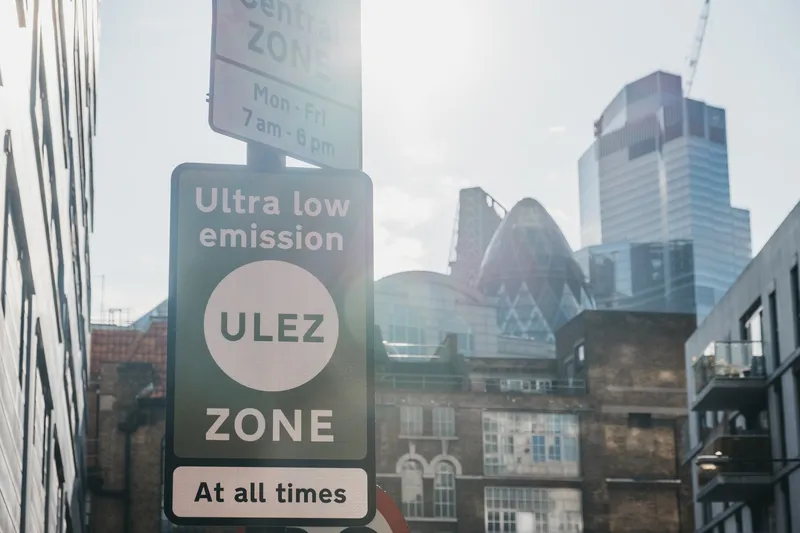Fiat Chrysler product concept and infotainment director Pierpaolo Tona told the conference that the big car manufacturers need to organise their telematics approach around three key pillars – and the first one of those is people. “OEMs need to understand consumers and their needs better than they understand them themselves,” he commented. The second pillar, suggested Tona, is technology. “Technology is never for the sake of it. Choose the right technology with the right performance to fulfil every consumer’
February 28, 2013
Read time: 6 mins

The second pillar, suggested Tona, is technology. “Technology is never for the sake of it. Choose the right technology with the right performance to fulfil every consumer’s needs.” And the third, he said, is digital. “Don’t just add digital to the car – make the car digital.”
In a world that is constantly connected, full of social media and dealing with increasingly huge chunks of data, “people’s behaviour is changing. Everything needs to be fast, visual and connected,” he said – and the way people interact with the new digital world at home or at work needs to be replicated in their cars.
“What people want is changing,” Tona told the conference. Increasingly, he said, this means “simplicity, usefulness and constant access.” Technology is changing so fast, he added, people are finding that “there are more and more powerful and intelligent telematics platforms out there, and more and more signals that can be sent to and from the car, leading to new ways to connect to the car.”
The really successful systems of the future will keep it simple and work across all sorts of handheld devices that can be plugged into any vehicle, he predicted. Users will be attracted to products that make them feel safe and secure and in control, without the need for too much technical data or complex interfaces.
For Mercedes-Benz director of telematics Ralf Lamberti, the answer lies in the cloud. “All data and all apps will be in the cloud,” he told the conference. “Your TV, your phone, your PC, your tablet and your car will all be in the cloud. All we need to do is put in place the right enabling devices to connect the car to the cloud as efficiently as possible.
“We will have the car in the web and the web in the car and we are working on new software architecture to make this as seamless as possible in all our cars.”
Lamberti can see the industry moving from one platform supplier setting up, installing and running the head unit in the vehicle to a shared, technology-neutral head unit with as many as 10 million different lines of code and multiple suppliers running their system on it.
“Fully integrated software solutions will run in the car of the future,” he told the conference. “The game is changing. Right now, we all buy a whole system from a tier one supplier. In the future, we will pick and choose different software solutions from a whole range of suppliers. We are looking for more flexibility and defining each different interface separately. We will specify what we want in navigation terms, phone terms, seating controls, air con and so on. This will be our Mercedes Telematics Framework.”
In June, Mercedes-Benz became the first OEM to open its own app store. “The idea is to allow users to download apps into their car and know that the software has been properly checked and approved,” said Lamberti. He wants to see suppliers putting forward new ideas for apps for the store, some free and some paid for.
Merc has 40 to 50 people working on the project right now in Paolo Alto in California, plus software developers in Beijing and Bangalore. It is taking a global view, with everything being fed into the firm’s HQ in Sindelfingen, near Stuttgart.
The German car giant is taking the idea so seriously, it has even employed its own team of hackers to carry out controlled attacks on its burgeoning app line-up, he revealed. “It is essential to have the right security in place,” he stressed.
Ultimately, Merc wants to run everything on an industry-common shared platform onto which users can put new content, with the telematics run separately from the car itself, unconnected to the buying cycle.
The new A Class already allows users to plug their iPhones into the dashboard and access all of the apps. “Everything needs to be totally integrated in the future,” says Lamberti. “We really are going to put the car into the web. We will do real-time constant diagnostics and tell users to act now to prevent a future breakdown or technical problem. We will enable driverless autonomous cars on the motorway and bring about all sorts of hands-free activity.
And a suitably neutral technology platform could be provided by the NGTP (Next Generation Telematics Pattern) project, Martin Rosell, managing director of
The NGTP initiative will “provide distributed off-board architecture patterns for building flexible, scalable and cost-efficient telematic back-end systems,” he told the conference.
NGTP will separate the different components of telematics delivery into interchangeable components and be adaptable to legacy and new systems, he said. “It will also provide an interface specification for the off-board elements of the architecture on a non-technical, semantic level and will not use proprietary technologies. It will use ASN.1 or XML for encoding; TCP/UDP/HTTP for transportation, and SIP for voice services.” The project has also been “published under a Creative Commons licence with all of the information and specifications available for free at %$Linker:
This vision of a shareware-like, open access system has been developed by a group of industry leaders including BMW, Navteq, WirelessCar and ygomi. And the group’s mission statement reads: “NGTP is a service framework and a technology-neutral telematics pattern that brings openness, flexibility and scalability to the industry.”
If the sector does not go down this road of sharing and simplifying, of collaboration and integration, it is going to fail, warned Rosell.
“We have designed a platform that is modular so that the different OEMs can customise and personalise what they offer on it.
There are too many different systems out there now with all the different OEMs,” he said. “We are in the world of consumer electronics, not cars or trucks or buses or vans, and the vehicle life-cycle is totally different – it is much longer.”
Consumers will take their handhelds from vehicle to vehicle and expect to be able to use them, no matter who the manufacturer is, he stressed.
“Too many OEMs still see telematics as a cost,” Rosell warned. “Our products and services are there to add value, increase customer appeal and help bring about cost efficiencies.”
Since only 2% of cars in the world are connected right now, the potential is huge, he added.









